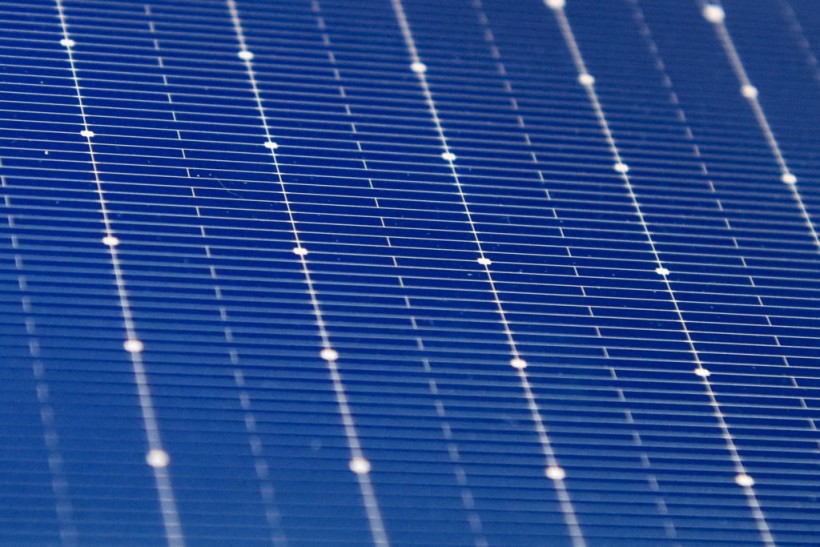Startup company Sesame Solar has found a way to deliver power for emergency crews and displaced residents via its mobile Nanogrids, according to CNET.

(Photo : SEBASTIEN SALOM-GOMIS/AFP via Getty Images)
A photo shows a part of a solar panel on a production line at the solar energy equipment supplier Systovi's factory in Carquefou, near Nantes, western France, on March 6, 2023.
The Nanogrid
The nanogrid seems like a food truck at first, but it's designed to be hauled the same way you'd move a moving trailer. Once deployed, the solar panels that line the Nanogrid are revealed.
The panels charge the onboard batteries and can produce between 3 and 20 kilowatts, enough to power four to six houses.
The company is calling the Nanogrid the world's first 100 percent renewably powered mobile system. It doesn't require fossil fuel nor diesel, or natural gas. All it needs is water and sunshine to get going.
The Nanogrids are also equipped with a hydrogen fuel cell, which turns water into hydrogen. Then, the hydrogen can be stored in tanks and used for battery charging when below 35 percent. They also have an onboard water filtration system that delivers up to 500 liters of potable water daily.
Going online is easy as well, especially when struck by disaster. The Nanogrid has a 5G mesh network.
It can also be customized based on the needs of the customers. A single unit is around $100,000 and can go up to $375,000.
Also Read: Worksport Unveils Terravis Energy Green Hydrogen Energy Systems
Better Energy Delivery on Disaster-Stricken Areas
The Nanogrids provide a reliable energy source for disaster-stricken areas, where electricity grids are often damaged or nonexistent. The ability to generate and store energy on-site makes them ideal for emergencies, where a quick and efficient response is critical.
The Nanogrids can also be used in remote areas with limited access to electricity, providing a sustainable power source for off-grid communities.
Furthermore, the Nanogrids' water filtration system can provide clean drinking water in areas where the water supply is disrupted. This can help prevent the spread of waterborne diseases, often a significant concern in disaster-stricken areas.
In addition to their use in disaster relief efforts, Nanogrids also has the potential to revolutionize energy access and sustainability in developing countries. Many rural communities around the world lack reliable access to electricity, which limits economic growth and social development opportunities.
Furthermore, as climate change threatens our planet's ecosystems and natural resources, it is becoming increasingly vital for us to transition toward more sustainable practices.
By using Nanogrids instead of traditional diesel generators or other polluting sources of energy during emergencies like disasters or conflicts, we are not only helping those affected but reducing carbon emissions at the same time.
Nanogrids represent a significant step in delivering better energy solutions to disaster areas. With their ability to generate and store renewable energy, provide clean water, and connect to a 5G network, they offer a comprehensive emergency response and sustainable development solution.
Related Article: Korean Scientists Create First 'Invisible Solar Panels' You Can Integrate into Mobile Phones!










